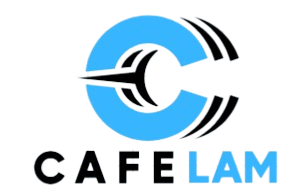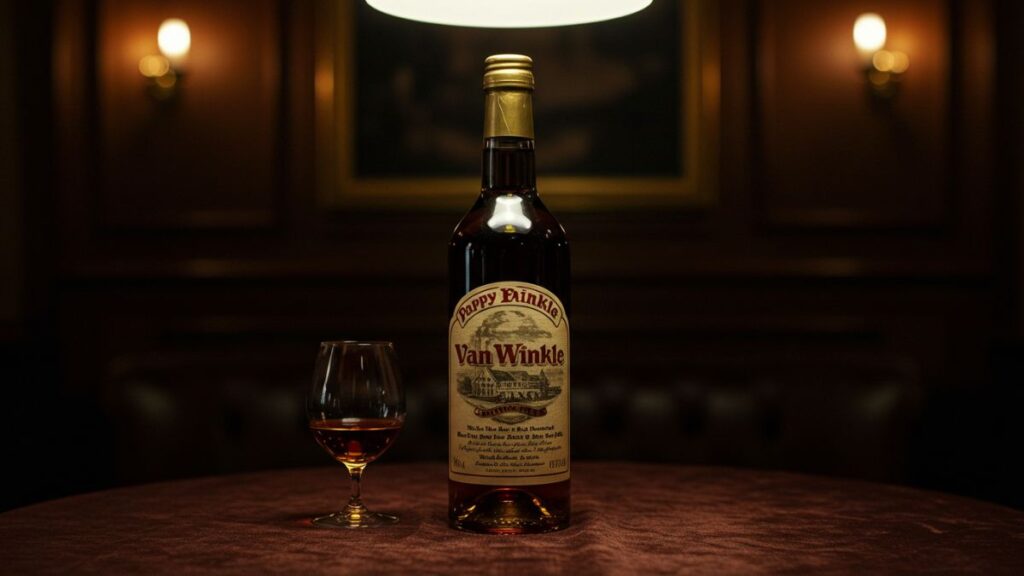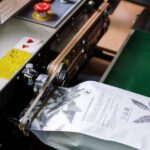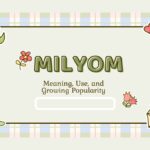Understanding the Hype Behind Pappy Van Winkle
Pappy Van Winkle isn’t just a bottle of bourbon—it’s a status symbol, a legend in a glass, and the holy grail for collectors. The mere mention of it sparks curiosity, reverence, and even envy among whiskey lovers. But with all the buzz comes the big question: why is the Pappy Van Winkle price so jaw-droppingly high?
This elusive bourbon is made in incredibly small batches and aged for many years longer than most commercial whiskies. It’s also produced by the Old Rip Van Winkle Distillery, in partnership with Buffalo Trace, a name synonymous with excellence in the whiskey world. The Pappy name represents generations of distilling craftsmanship—and every drop reflects that heritage.
The Rarity That Drives the Price
Scarcity is one of the biggest drivers behind the Pappy Van Winkle price. The supply of this bourbon is limited by design. Each year, only a small number of bottles make it to market, and those are usually snatched up almost immediately upon release. In fact, most Pappy bottles are allocated in advance to select liquor stores, bars, and restaurants, many of whom run lotteries or waitlists just to give customers a shot at buying one.
Aging also plays a role in availability. While most bourbons are aged for 4–6 years, Pappy Van Winkle products are aged up to 23 years. This longer aging process results in fewer usable barrels, as evaporation and spoilage occur over time—commonly referred to as the “angel’s share.”
Simply put, there just isn’t enough Pappy to meet demand, and that imbalance keeps prices astronomically high.
Pappy Van Winkle Price Guide by Expression
When talking about Pappy Van Winkle price, it’s important to distinguish between the various expressions offered by the brand. The family of bourbons includes:
- Old Rip Van Winkle 10 Year
- Van Winkle Special Reserve 12 Year
- Pappy Van Winkle’s Family Reserve 15 Year
- Pappy Van Winkle’s Family Reserve 20 Year
- Pappy Van Winkle’s Family Reserve 23 Year
Retail prices are modest—typically ranging from $70 to $300 depending on the expression. But let’s be honest: you’ll rarely, if ever, find a bottle at retail unless you’re incredibly lucky. Secondary market prices and auction listings tell a very different story.
As of 2024, here’s what you can expect to pay on the secondary market:
- 10 Year: $600 – $1,000
- 12 Year: $800 – $1,200
- 15 Year: $1,500 – $2,500
- 20 Year: $3,000 – $5,000
- 23 Year: $4,000 – $8,000+
These prices fluctuate based on availability, condition, packaging, and even time of year. Limited edition labels or bottles with vintage dating can fetch even more.
Why Pappy Tastes So Different
Part of the mystique—and justification—for the Pappy Van Winkle price is the unique taste profile. Most bourbons are made with a mash bill heavy in corn and rye. Pappy, on the other hand, uses a wheated mash bill. This means wheat replaces the rye, creating a smoother, softer, and sweeter profile.
The flavor of Pappy is often described as rich and velvety, with layers of caramel, vanilla, dried fruit, and subtle spice. The extended aging process adds complexity, delivering deep oak, leather, and tobacco notes without becoming overly tannic or bitter.
Every sip tells a story, and for true whiskey aficionados, that story is worth every dollar.
Celebrity Endorsement and Cultural Clout
If scarcity and taste weren’t enough, Pappy Van Winkle has also earned pop culture clout. It’s been name-dropped in TV shows, music lyrics, and interviews with celebrities and chefs. Anthony Bourdain once called it “the most glorious bourbon on the planet.” Chef David Chang has spoken of his obsession with it. Bill Murray, Peyton Manning, and Rihanna are also reported fans.
When a bottle of Pappy shows up in a film or Instagram post, the buzz only adds to the mystique and pushes the Pappy Van Winkle price higher. It’s not just whiskey—it’s a cultural moment in a bottle.
Allocations and Buying Strategies
If you’re determined to get your hands on a bottle, there are a few strategies to improve your odds. First, connect with local liquor stores and join their mailing lists. Many stores run raffles or use loyalty programs to reward regular customers with allocation rights.
Building a relationship with a store can also help. Being a regular customer increases your chances when the limited supply rolls in. It’s also worth checking bourbon-focused events and tastings, as some of these occasionally feature Pappy Van Winkle pours.
Online auctions and resale sites are another option, but be wary. Counterfeit bottles are a growing problem, especially with high-ticket bourbons. Always verify the legitimacy of your source, and if a deal seems too good to be true, it probably is.
And before you go, be sure to read through some of our other helpful posts!
Collecting vs. Drinking
One of the most hotly debated questions in the bourbon world is whether to drink or collect a bottle of Pappy Van Winkle. For some, it’s a no-brainer—uncork it and savor the moment. After all, whiskey is made to be enjoyed.
But for collectors and investors, the Pappy Van Winkle price creates a compelling reason to keep the bottle sealed. Some expressions have appreciated in value by over 1,000% in the last decade. A sealed bottle of 23-Year Pappy from an early vintage can now command well over $10,000 on the secondary market.
Whether you sip or save, the value proposition is clear: Pappy is a worthwhile investment either way.
Comparing Pappy to Other High-End Bourbons
Pappy Van Winkle isn’t the only pricey bourbon on the block. Brands like Michter’s 20 Year, Willett Family Estate, and Buffalo Trace Antique Collection (BTAC) also fetch high prices and limited releases. So why does Pappy still dominate the conversation?
Part of it is branding. Pappy Van Winkle has a storied history, dating back to Julian “Pappy” Van Winkle Sr., whose legacy continues through generations of careful craftsmanship. The bottle’s label—featuring the elder Van Winkle puffing on a cigar—has become iconic in whiskey circles.
There’s also the fact that Pappy’s quality lives up to the hype. While other bourbons may offer equal or even superior taste profiles, few carry the same prestige. When you open a bottle of Pappy, you’re not just pouring a drink; you’re making a statement.
Global Demand and the Future of Pappy Van Winkle Prices
The bourbon boom isn’t just an American phenomenon anymore. International interest in American whiskey has skyrocketed over the last decade. Countries like Japan, the UK, and Australia have developed growing communities of bourbon lovers who are eager to get their hands on rare bottles.
This global demand further drives up the Pappy Van Winkle price and ensures that it remains one of the most sought-after spirits on the planet. As bourbon continues to rise in prestige, Pappy’s role as the crown jewel only solidifies.
Looking ahead, it’s unlikely that prices will drop anytime soon. If anything, the trend suggests even higher price points as supply remains limited and demand continues to surge.
Conclusion
The high Pappy Van Winkle price isn’t just about liquid in a bottle—it’s about rarity, legacy, craftsmanship, and culture. From the smooth wheated flavor to the limited supply and global demand, every factor plays a role in making Pappy one of the most valuable bourbons in existence.
Whether you’re lucky enough to sip it or smart enough to collect it, owning a bottle of Pappy Van Winkle is like holding a piece of whiskey history. As long as people crave the best and are willing to pay for the prestige, Pappy’s value will only continue to rise.
Should you wish to explore other topics, head to our main blog. We’ve got more!
FAQs
Why is the Pappy Van Winkle price so high?
It’s a combination of limited supply, long aging, high quality, and immense demand—especially on the secondary market.
Can I buy Pappy Van Winkle at retail price?
Technically yes, but it’s extremely difficult. Most bottles are allocated through lotteries or loyalty programs.
Is Pappy Van Winkle worth the price?
If you’re a bourbon enthusiast or collector, the craftsmanship and taste make it a worthy investment. Others may find more value in the experience than the cost.
Where can I find Pappy Van Winkle for sale?
Check with local liquor stores for allocations or lotteries. You can also explore online auctions, but be cautious of counterfeits.
How do I verify a real bottle of Pappy?
Look for specific bottling codes, label details, and trusted sellers. Many collectors share resources on spotting fakes online.







